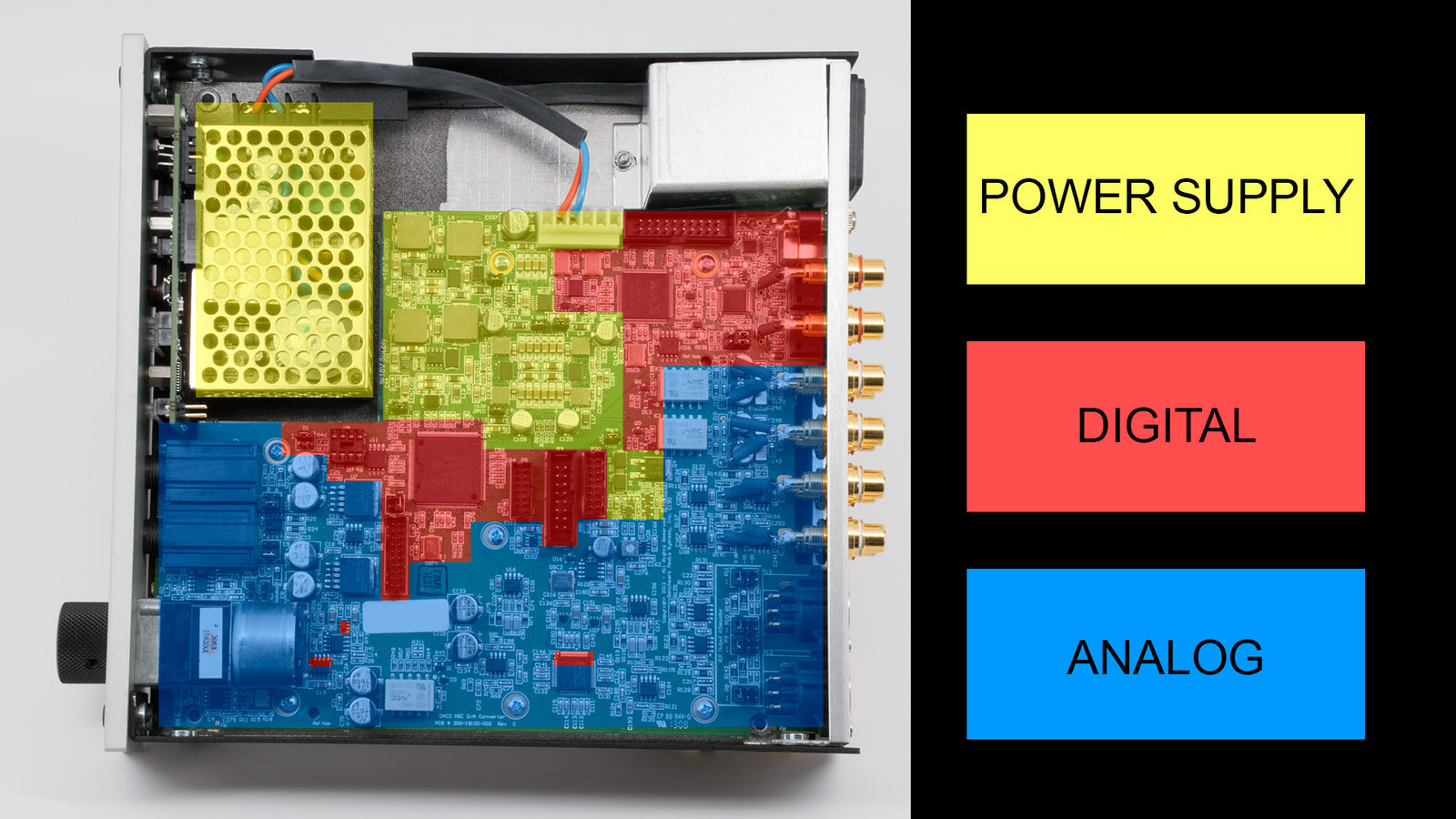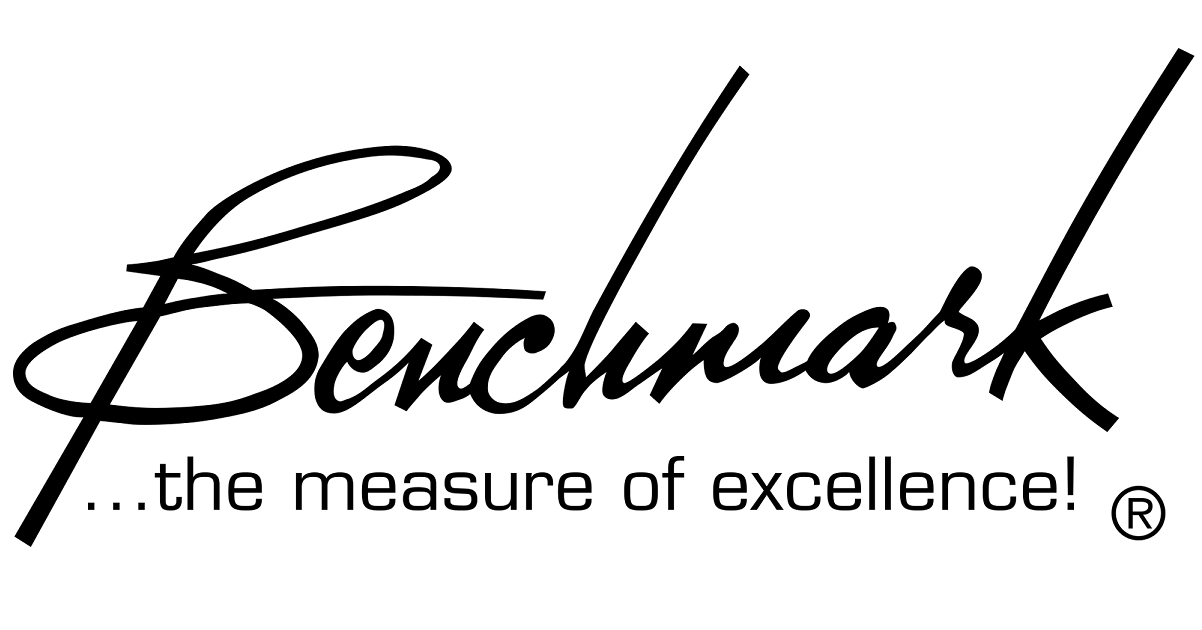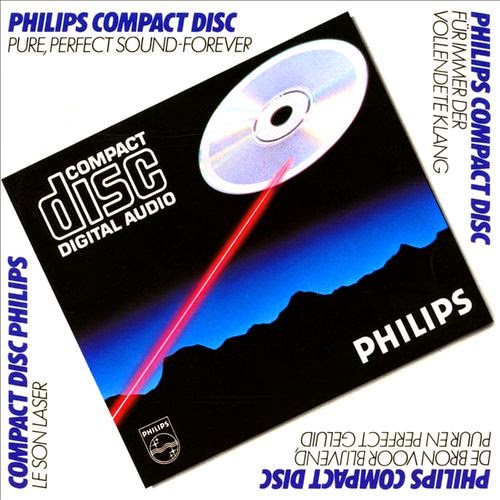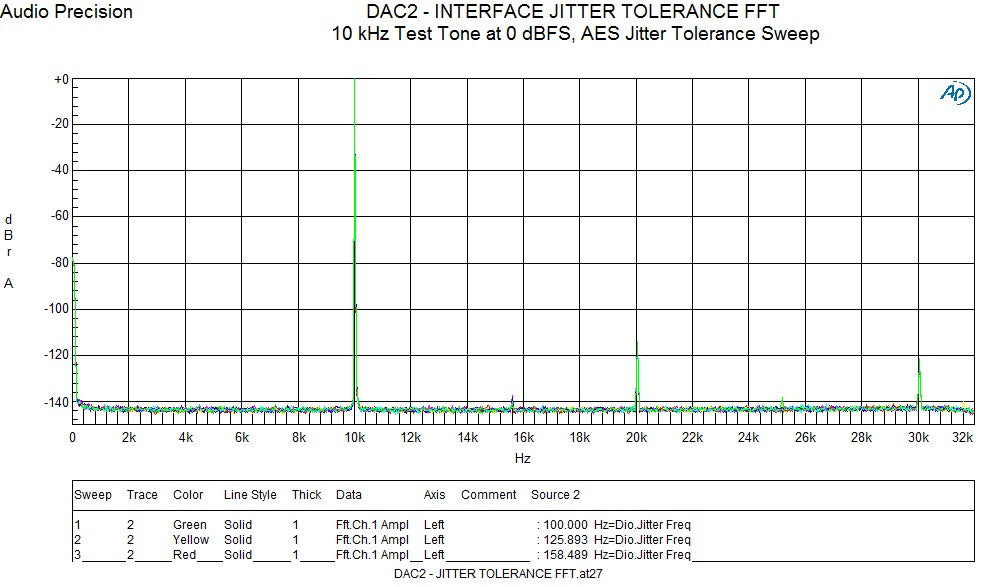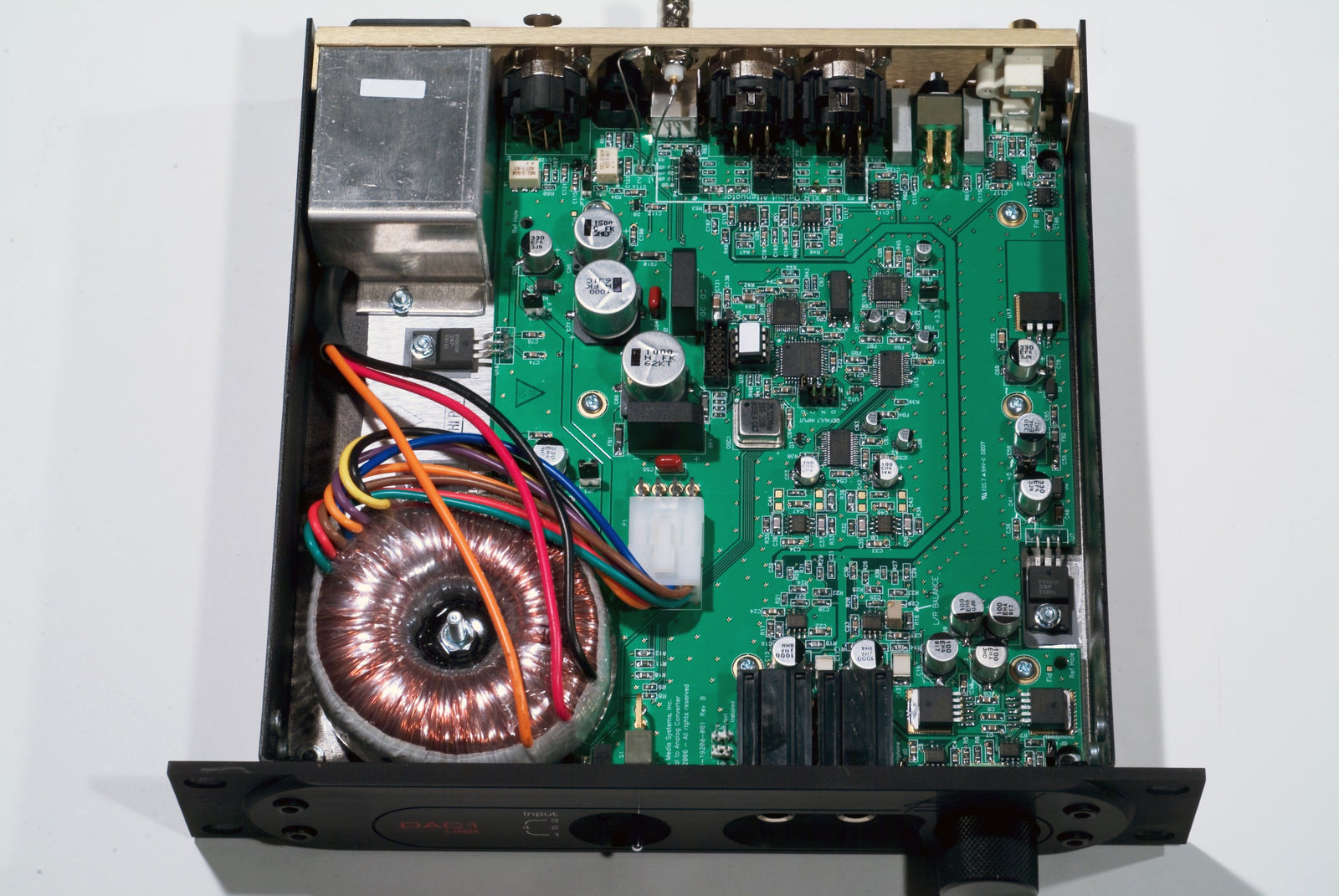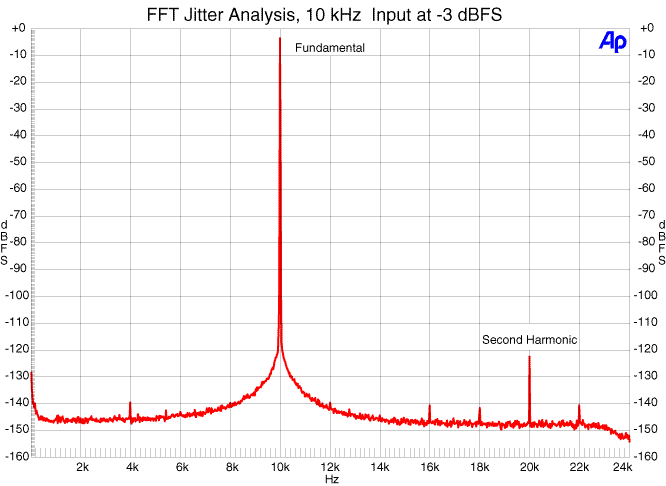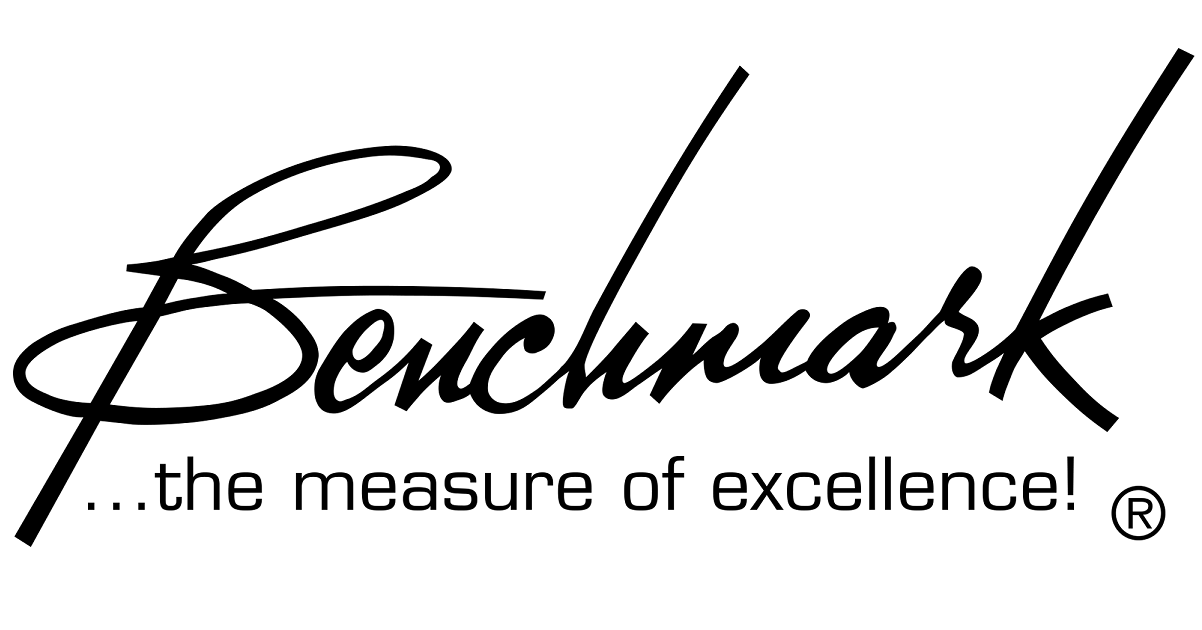Buy one component and save 10% on up to 2 cables. Buy 2 components and get 4 free cables. Free shipping on USA orders over $700. We are closed 1/1/26 and 1/2/26.
Buy one component and save 10% on up to 2 cables. Buy 2 components and get 4 free cables. Free shipping on USA orders over $700. We are closed 1/1/26 and 1/2/26.
Audio Application Notes
Inside the DAC2 - Part 2 - Digital Processing
by John Siau June 24, 2016
The Benchmark DAC2 is an audio digital-to-analog converter. This application note explains the proprietary digital processing inside Benchmark's DAC2 D/A converter. In part 1 of this series we made the case that 90% of the components in an audio converter are analog, and that about 90% of the "magic" happens in the analog processing. Nevertheless the 10% that is digital still makes an audible contribution to the sound of an audio D/A converter. This is especially true when the digital processing is complemented by a very pure and clean analog section. With a highly transparent analog section, some of the subtleties of the digital processing can become apparent.
Take a tour of the digital processing chain in the DAC2.
- John Siau
Jitter in A/D Converters
by John Siau October 03, 2014
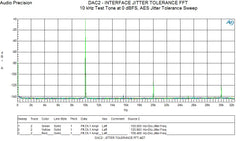
All A/D converters have two forms of jitter: Conversion clock jitter, and interface jitter. These two forms of jitter are very different and have very different consequences. Conversion clock jitter...
- John Siau
UltraLockDDS™ Clock System
by John Siau November 01, 2010
UltraLockDDS™
- A Low-Jitter Direct-Digital-Synthesis Clock System
The ADC16 is equipped with Benchmark’s new UltraLockDDS™ clock system. This system utilizes the latest low-jitter clock technology developed for high-frequency RF communications systems.
The master oscillator is a low phase-noise, temperature-compensated, fixed-frequency crystal oscillator with a +/- 2 PPM frequency accuracy. This oscillator drives a 500 MHz Direct Digital Synthesis (DDS) system.
Jitter attenuation is achieved with digital filters in a custom FPGA that controls the DDS system. All jitter-induced distortion artifacts are well below audibility under all operating conditions.
The Unique Evils of Digital Audio and How to Defeat Them
by John Siau August 25, 2010
Eliminating Digital Artifacts
- Is digital audio fundamentally flawed?
- Have we followed the wrong path since the introduction of the CD in 1982?
- Should we go back to analog audio systems?
- Has anything improved since 1982?
- How good can digital audio get?
To answer these questions, we will look at the root causes of distortion and noise in digital systems. We will examine how these differ from the distortion and noise in analog systems. Most importantly, we will look at the effectiveness of today’s solutions to these digital problems.
DAC1 Solves Jitter Problems in CD Players with Pitch Control
by John Siau July 02, 2010
Benchmark DAC Removes Jitter Caused by Pitch-Control
Variable-pitch features add versatility to CD players. Unfortunately, these features usually create jitter problems. Benchmark’s UltraLock™ jitter-attenuation system provides a unique solution that is fully compatible with variable-pitch transports.
Asynchronous Upsampling to 110 kHz
by John Siau July 01, 2010
The Advantages of Asynchronous Upsampling D/A Converters
Benchmark DAC1 converters use upsampling techniques to improve the quality of the digital to analog conversion. Benchmark’s choice of 110 kHz is slightly unorthodox. It may seem more logical to upsample by 2X or 4X and convert at standard sample rates such as 88.2 kHz, 96 kHz, 176.4 kHz or even 192 kHz. Intuition may suggest that integer ratios would produce the best results. Intuition may also suggest that higher is better, and therefore 192 kHz would be the “best” choice for an output sample rate. Unfortunately, intuition often leads us down the wrong path if it is not balanced with reason and scientific analysis. Benchmark’s analysis and testing has shown that 110 kHz offers advantages over the choices that seem more reasonable.
This paper is a short summary of the decisions that led to our choice of the 110 kHz sampling rate.
Jitter and its Effects
by John Siau February 07, 2002
By John Siau and Allen H. Burdick
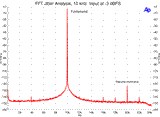
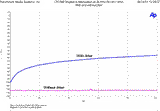
This paper addresses these questions:
- How and where do I measure jitter, and how do I eliminate it?
- How does sample clock jitter relate to interface jitter measured at digital output connectors?
- How can we accurately measure jitter?
- Why does sample clock jitter have to be so low?
Aspects of Sampling, Oversampling, Quantisation, Dither and Noise-Shaping, as Applied to Digital Audio
by Benchmark Media Systems November 30, 1994
By Christopher Hicks
"The aim of this article is to dispel as many of the myths surrounding the conversion of audio signals to the digital domain, and back to the analogue domain, as possible, without the aid of mathematics and (much more difficult) without the aid of diagrams."
Copyright, Christopher Hicks, November 1994. V1.11


